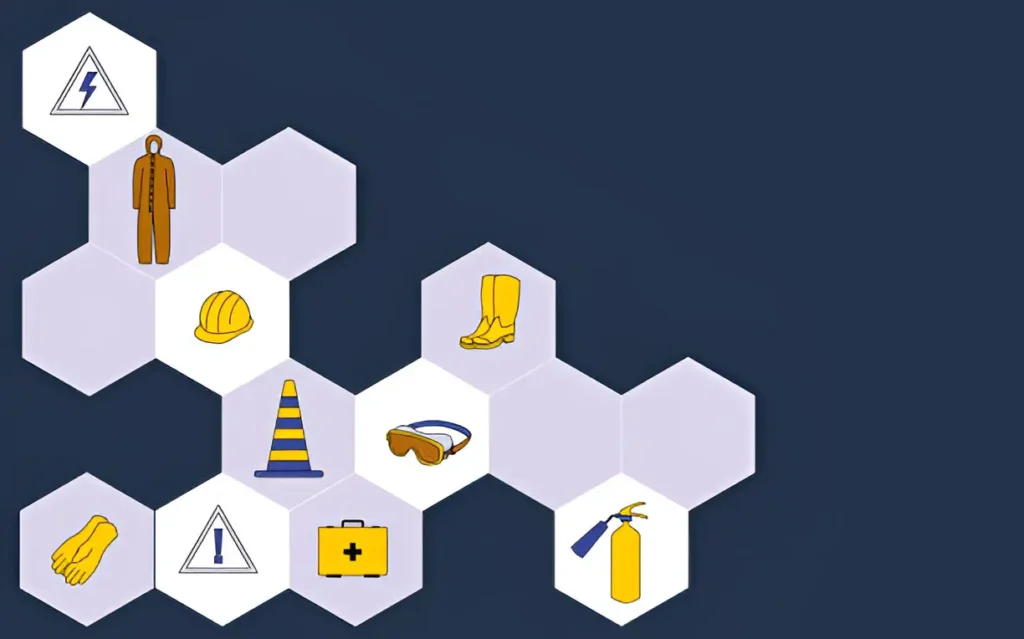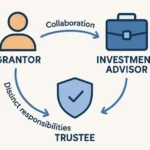Construction sites are tough places. They come with heavy machinery, long hours, risky tasks and, often, high pressure. It’s easy to focus only on helmets, gloves and harnesses. But safety goes beyond just gear and procedures.
Whole-worker safety is about looking at everything—tools, tasks and how workers think and feel. It means understanding that stress, fatigue and mental strain can be just as dangerous as a faulty ladder or exposed wiring.
For leaders and safety staff, this wider view matters. Not just for ticking boxes, but for keeping people safe, healthy and able to do their job well. Everyone on site plays a part, but it’s the systems and culture in place that make the biggest difference.
This article breaks down the risks that workers face—from sharp edges to sharp thoughts. It looks at what leaders can do, where the gaps usually are and how training, trust and better planning can close them.
Physical Hazards on Site: Managing Equipment, Substances and Practices
Trips, falls and machinery incidents still top the list of injuries in construction. No surprise. There’s a lot of movement, loud tools and cluttered work areas. One bad call or missed step can do serious damage.
But hazards don’t stop at the big stuff. Smaller risks—shards of glass, exposed nails, stray syringes—can lead to infections, cuts or worse. Some sites involve demolition or areas with leftover medical waste. In these cases, sharps training is crucial. It teaches workers how to safely handle and dispose of needles or sharp items they might find by accident. Without it, one small poke can turn into a serious health issue.
Other risks come from chemicals. Paints, sealants and dust from cutting can harm lungs or skin. Workers often deal with substances that need special storage or masks. Just putting PPE on isn’t enough—teams need to know what they’re handling, how to use it and when to speak up.
Then there’s equipment. Faulty scaffolding, broken ladders or tools left in the wrong place can cause chaos. Safe set-up and checks should be part of the daily routine, not something added on when there’s time.
Making sure staff know what to look for and what to do keeps risk low. Toolbox talks, quick walk-throughs and visual reminders help. It’s not about removing risk completely—it’s about making the job safer, one step at a time.
Hidden Risks: Fatigue, Mental Strain and Cognitive Load
Long shifts wear people down. So does noise, pressure and doing repetitive tasks in harsh weather. But the effects don’t always show on the surface. A worker might look fine but be operating on empty.
Fatigue leads to mistakes. Eyes miss hazards. Hands slip. People forget steps. In a setting with power tools and moving vehicles, that’s dangerous.
Mental strain comes from other places, too. Constant changes to the plan. Tight deadlines. Poor communication. Workers get frustrated or stop asking questions. They start guessing. That’s when accidents happen.
Cognitive load is another one. If a person is juggling too many tasks, the brain can’t keep up. Signs, instructions and safety notices start to blur together. Even trained staff might misread or skip steps.
Breaks help. So does rotating jobs to avoid burnout. Leaders who notice signs early can switch things up or step in. Spotting changes in attitude, tired body language or short tempers can prevent bigger problems later.
Workers don’t need therapy on-site. But they do need support, rest and clear information. That makes all the difference.
Leadership and Organisational Culture
Culture isn’t a slogan on a wall. It’s how people behave when no one’s watching. On a construction site, culture shapes how safety is seen, used and shared.
If leaders cut corners, others follow. If managers never check in, issues stay hidden. Safety starts at the top. Workers take it seriously when their bosses do too.
Good leaders set the tone. They ask questions, show up for walk-throughs and react fast when things go wrong. They also listen. When workers feel heard, they’re more likely to speak up about unsafe tools, broken fences or confusing plans.
The best teams aren’t just told what to do—they know why it matters. Safety doesn’t feel like a rulebook, it feels like part of the job.
Accidents aren’t always caused by the job itself. They’re often the result of poor habits, missed messages or a rushed decision. Leaders who build strong habits and open communication create safer sites, plain and simple.
Integrated Systems and Support: Joining Physical and Mental Safety
A safe site isn’t built on checklists alone. It’s a mix of systems, support and trust. When everything works together—equipment checks, mental health awareness, clear reporting—it’s much harder for things to slip through the cracks.
The old way of thinking kept safety in boxes. One team looked at physical risks, another at well-being. That doesn’t work anymore. What happens on the outside affects what’s going on inside. A near miss with machinery can shake someone up for days. A tough week at home can lead to a slip-up at work.
Leaders need to make room for both. This means collecting feedback from all levels, tracking more than just accidents and acting on what’s found. If someone flags a mental health concern, it should be handled with the same urgency as a broken scaffold. Both can lead to harm.
Some companies are getting better at this. They’re tying safety briefings to wellbeing updates. They’re asking how workers feel, not just what they did. They’re mixing practical skills with mindset awareness.
Many construction safety courses now follow this approach. They teach people to handle tools safely while also paying attention to stress signals and decision-making under pressure. That balance creates stronger teams and fewer incidents.
Building Competence through Training and Reinforcement
Training can’t be a one-off. People forget. New tools come in. Rules change. That’s why refresher sessions, quick demos and reminders work better than one big course every few years.
Site training needs to be hands-on. Watching a video isn’t the same as running through a real scenario with gear on. When people practise with actual tools, the lessons stick.
Toolbox talks work well. So do five-minute check-ins before shifts. Workers get a safety message without leaving the site or changing clothes. Short, frequent updates are easier to fit into a busy day.
Then there’s cross-skilling. A worker trained in more than one task can spot risks others miss. For example, someone who knows both lifting safety and ladder checks can help bridge gaps when plans shift suddenly.
When workers feel confident, they don’t freeze in risky situations. They act. They help others. They question bad setups. That’s the goal. Not just trained, but aware. Not just certified, but capable.
Also Read-Vidwud AI: Transforming Online Body Swap and Talking Photo Technology



